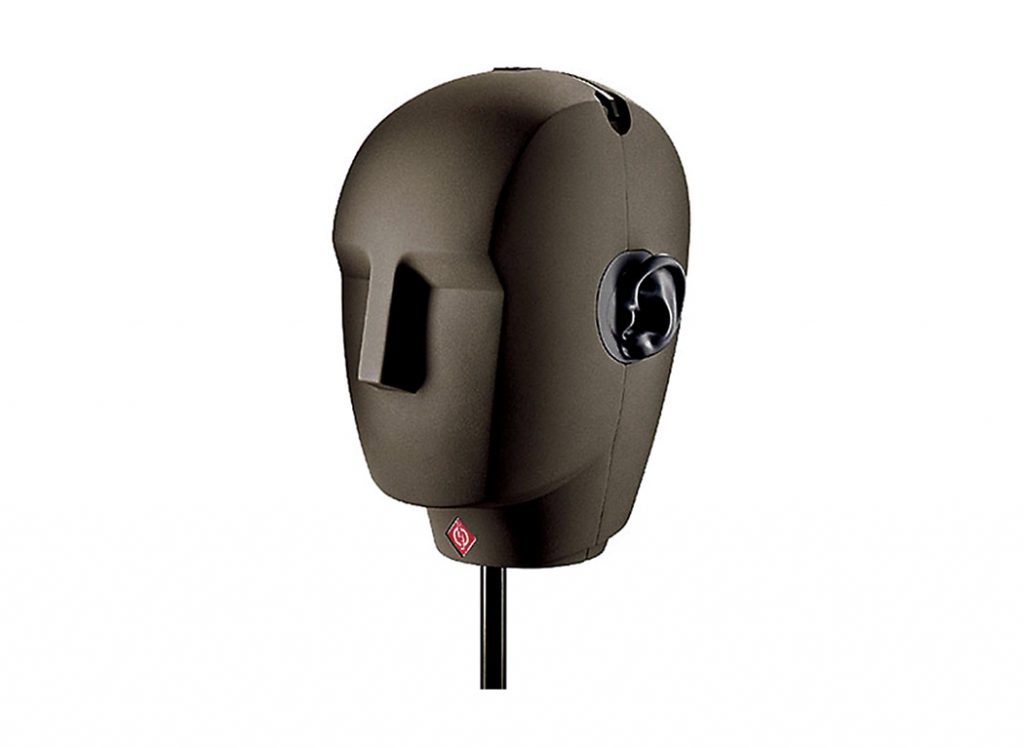
I was so close to writing a spoof on a mind-blowing piece of fake audio gear this month, but then I got to thinking: I could write a whole year’s worth of articles about real items that you’d think were April Fool’s hoaxes. It’s an amazing time for audio video. Here’s how you can find a bit of that magic.
Headphones have always been the way to get the finest sound for the least amount of money. As far back as the 1970s, a pair of Stax electrostatic headphones, the most expensive set of phones at the time, was still cheaper than a pair of mediocre speakers. Yet the headphones could reveal a level of detail that few speakers could match, even today. One of the HiFi stores in Chicago made sure that all of their technicians had Stax phones on their test benches so that each repair was done correctly.
I was amazed by the Stax headphones, but I wanted more. Fortunately, it didn’t take long for Yamaha to come out with a headphone design called planar magnetic. Like the electrostatic headphones, they used thin plastic diaphragms to move the air, but they didn’t use static charge to make the plastic move. Instead, their film was slightly thicker to support an attached thin aluminum ribbon. This was sandwiched between powerful flat magnets and covered in holes to let the sound out. Since the magnets were much more powerful than the static charge of the Stax, the phones virtually matched the clarity of the electrostatic phones, while now adding the ability to reproduce killer bass. That should have been the end of the story, but it wasn’t.
After a time, many of us fell out of love with headphone listening. What we objected to was how badly they destroy the imaging of music recordings that were mixed to play through speakers. Headphones stick this type of recording inside one’s head in almost a straight line between the ears. Nothing is in front of, beside, or behind you, as it would be at any live concert. Natural imaging is far too important to my listening enjoyment to let that slide.
Weirdly, headphones have the ability to recreate the most natural imaging of all! If a recording is created using a pair of microphones in the ears of a dummy head, that recording can sound absolutely real. It creates a near perfect 360-degree sound image around us. But very little music is recorded that way.

Recently, I discovered the DTS Headphone:X, which supposedly takes any recording and moves the sounds outside of your head. It would be my dream come true! These are too new to review, but if they do what is promised, they will not only reproduce stereo outside of your head but also create the surround channels all around you.
Here’s an invention that already has my full seal of approval: the Smyth A16 Realiser. It can take any existing recording and place it outside of your head. In fact, it can recreate 16 channels of DTS:X or Dolby Atmos surround sound accurately in your virtual listening space. More than that, it can make a sonic copy of your favorite multichannel surround room and emulate it over your headphones. For a finishing touch, if you turn your head while listening, the image stays in one place, not moving with your head! Admittedly, it sells for a steep $3,995, but a good pair of front speakers can cost more than that.
Headphones are very useful today. If you want to listen to music or a movie without disturbing others, headphones are the answer. If your environment is too loud, noise-cancelling headphones will give you beautiful music. If you don’t like the weight of big phones on your head, even very tiny ear buds can deliver incredible sound quality.
Next month: my take on digital vs. analog.
